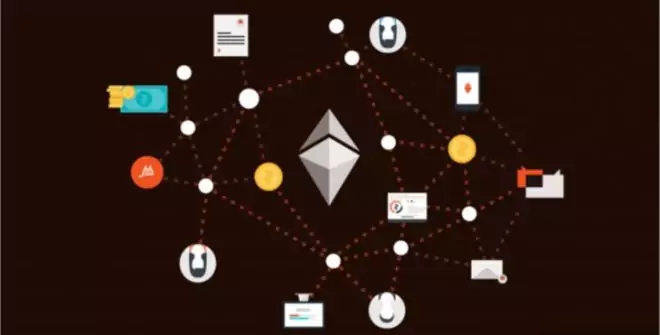How to Make Decentralized Apps

Decentralized applications, also known as dApps, have gained significant attention in recent years due to their potential to revolutionize various industries. Unlike traditional applications that rely on a central authority or server, decentralized apps leverage blockchain technology to distribute data and functionality across a network of computers. This decentralized approach offers several benefits, including enhanced security, immutability, and transparency. If you're interested in creating your own dApp, here are the essential steps to get started.
Define the Problem and Objectives:
Begin by identifying the problem you aim to solve or the niche you wish to target with your dApp. Clearly define your objectives, as this will guide your development process. Consider how a decentralized approach can provide a unique solution or added value compared to traditional centralized applications.
Choose a Blockchain Platform:
Selecting a suitable blockchain platform is crucial for building your dApp. Ethereum, one of the most popular choices, offers a robust framework and an extensive developer community. Other platforms like EOS, TRON, and NEO also provide dApp development capabilities. Research different platforms to understand their features, scalability, cost, and community support before making a decision.
Determine the App Architecture:
Design the architecture of your dApp, considering both front-end and back-end components. The front-end will typically consist of a user interface (UI) that interacts with the blockchain through web3.js or similar libraries. The back-end includes smart contracts, which are self-executing contracts stored on the blockchain, governing the behavior of the dApp.
Develop Smart Contracts:
Smart contracts are the heart of any dApp. They automate the execution of predefined rules and logic without requiring intermediaries. Use Solidity, Ethereum's programming language, to write smart contracts. Define the functionalities and conditions necessary to achieve your dApp's objectives. Thoroughly test the contracts to ensure they function as intended and address potential security vulnerabilities.
Create the User Interface:
Design an intuitive and user-friendly interface for your dApp. Consider the specific requirements of decentralized applications, such as the need to interact with digital wallets and handle cryptographic keys securely. Use web development technologies like HTML, CSS, and JavaScript to create the front-end. Connect the user interface with the smart contracts using web3.js or other appropriate libraries.
Implement Backend Functionality:
Besides smart contracts, your dApp may require additional backend functionality. This could include handling file storage, user authentication, and data encryption. Choose appropriate decentralized technologies like IPFS (InterPlanetary File System) for file storage or cryptographic libraries for secure data handling. Ensure that the backend seamlessly integrates with the front-end and interacts with the blockchain when necessary.
Test and Deploy:
Thoroughly test your dApp to identify and fix any bugs or vulnerabilities. Conduct both unit tests and integration tests to ensure the smooth operation of all components. Additionally, consider auditing your smart contracts for security vulnerabilities. Once you are confident in your dApp's stability, deploy it on the chosen blockchain platform. Ensure proper documentation and version control to facilitate future updates and maintenance.
Community Engagement and Iteration:
After deploying your dApp, actively engage with the blockchain community to gather feedback and insights. Participate in relevant forums, social media groups, and developer communities to share your project and seek input from experienced individuals. User feedback is invaluable for identifying areas of improvement and implementing updates or new features in subsequent iterations of your dApp.
Maintain and Upgrade:
Maintaining and upgrading your dApp is an ongoing process. Continuously monitor the performance, security, and scalability of your dApp. Stay informed about the latest developments in the blockchain ecosystem to leverage new tools and frameworks that can enhance your dApp's functionality. Regularly update your smart contracts and user interface to address any emerging requirements or issues.
Conclusion:
Decentralized app development at https://blaize.tech/decentralized-application/ can be an exciting and rewarding journey. By harnessing blockchain technology, you can create innovative solutions that offer enhanced security, transparency, and trust. Remember to define your objectives, choose a suitable blockchain platform, design a robust architecture, and thoroughly test your dApp before deployment. Engaging with the community and maintaining your dApp through continuous iteration will ensure its long-term success. Embrace the decentralized future and start building your dApp today!